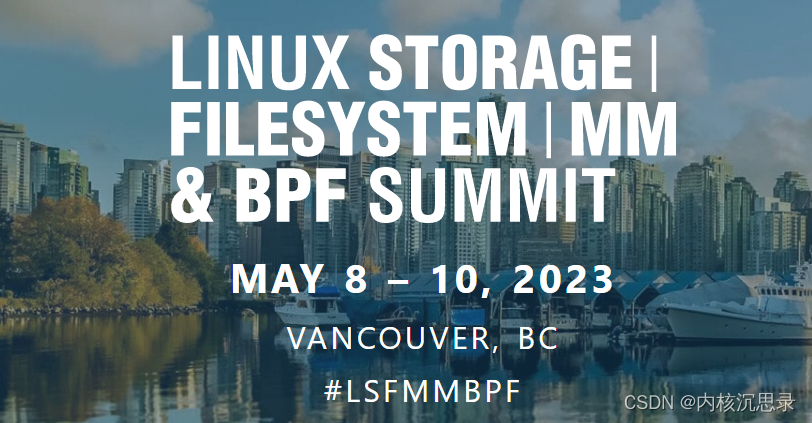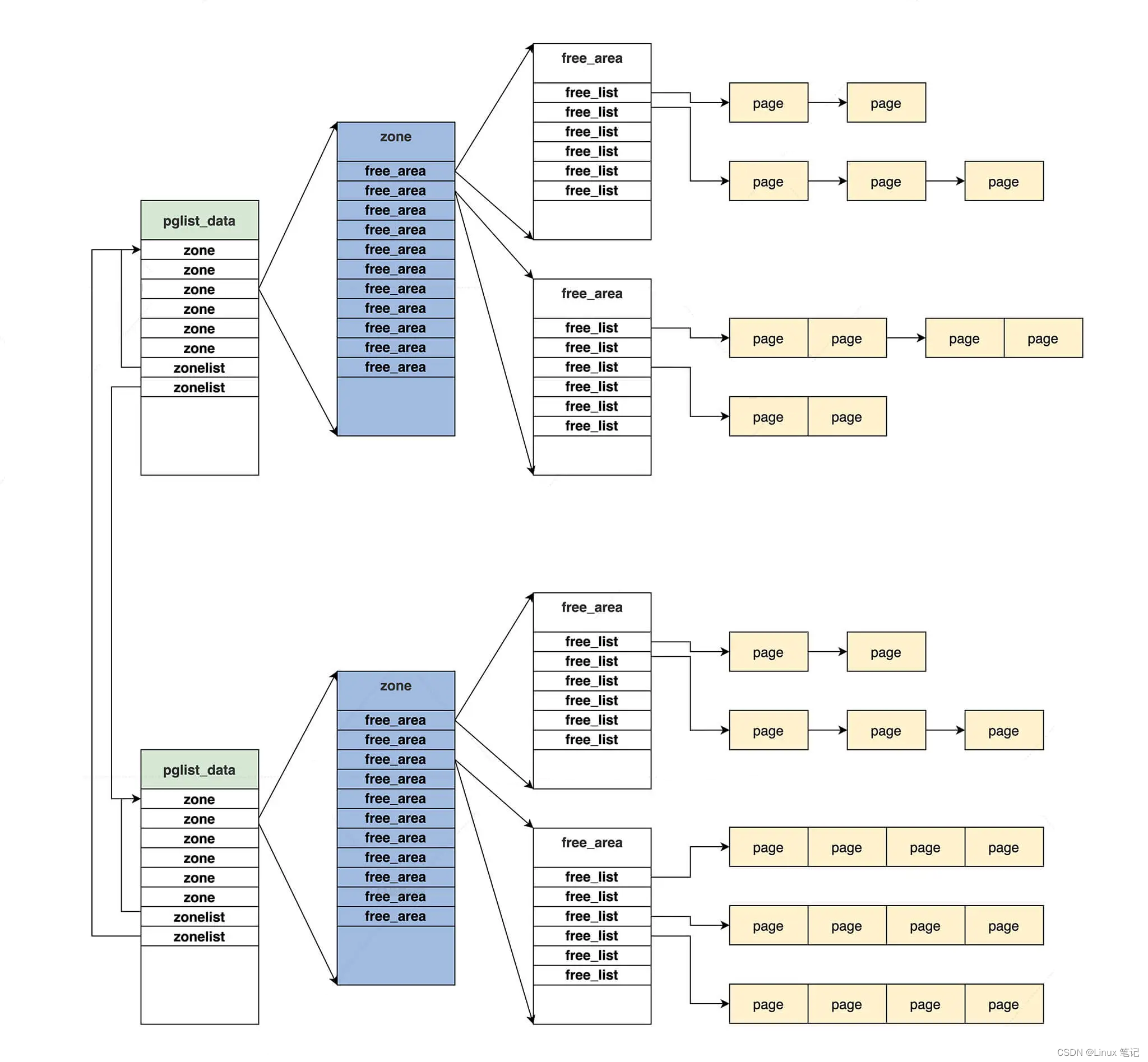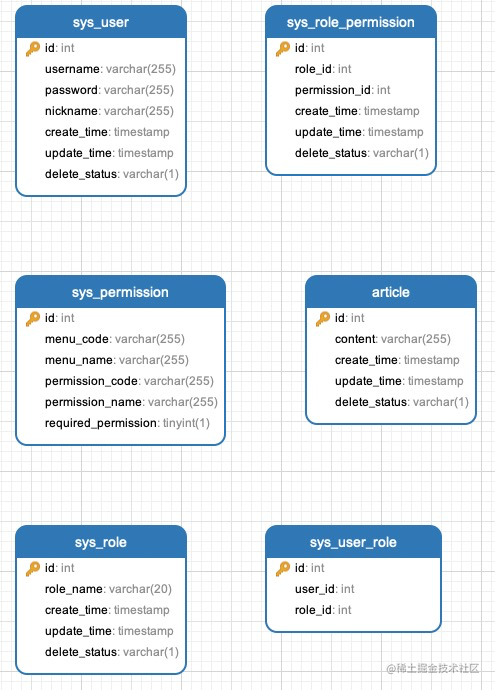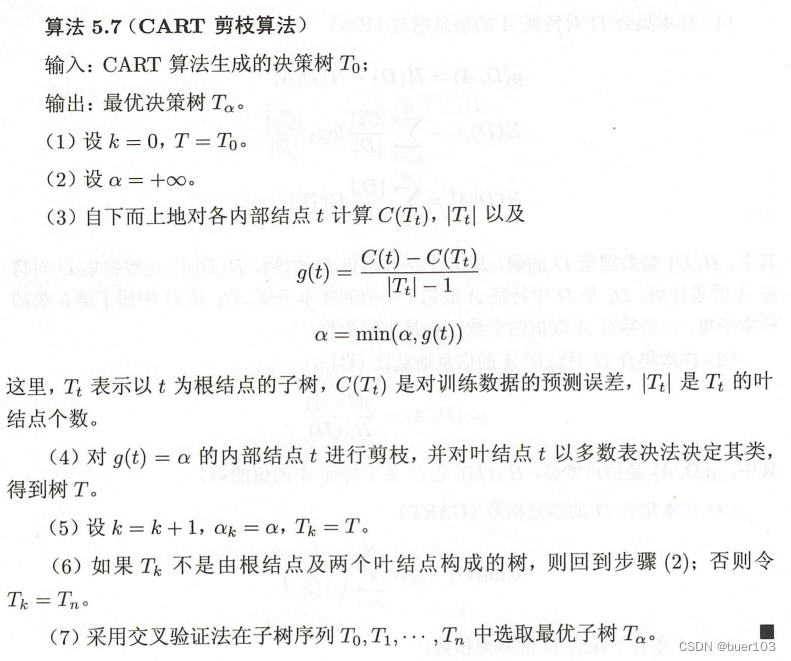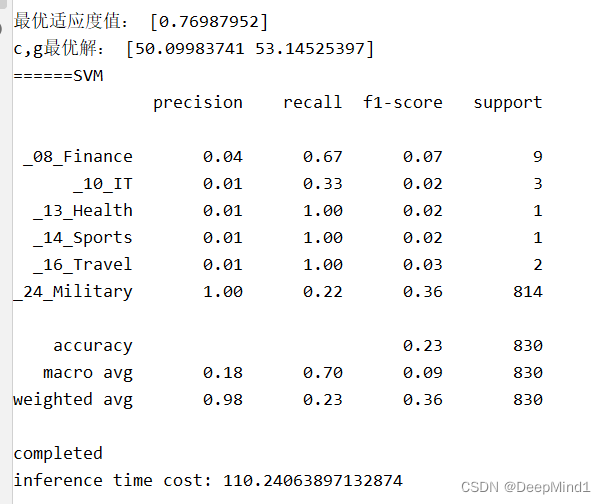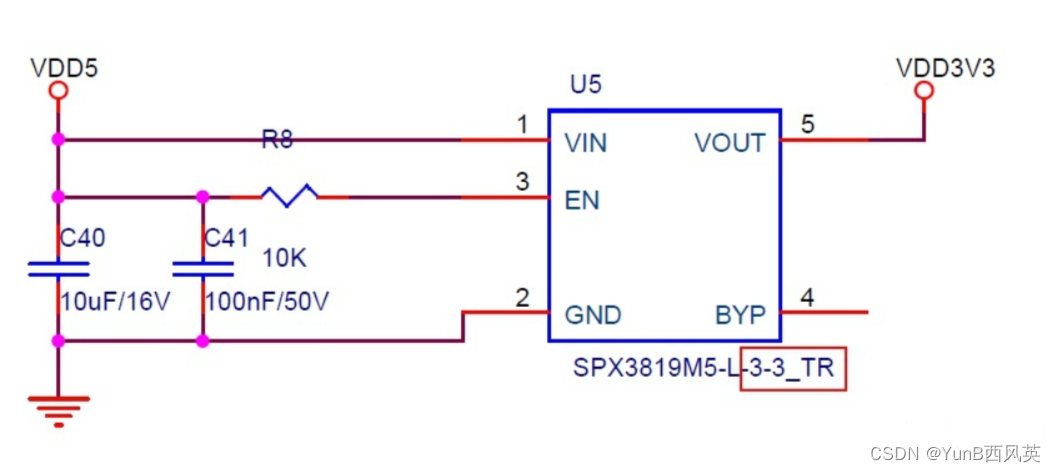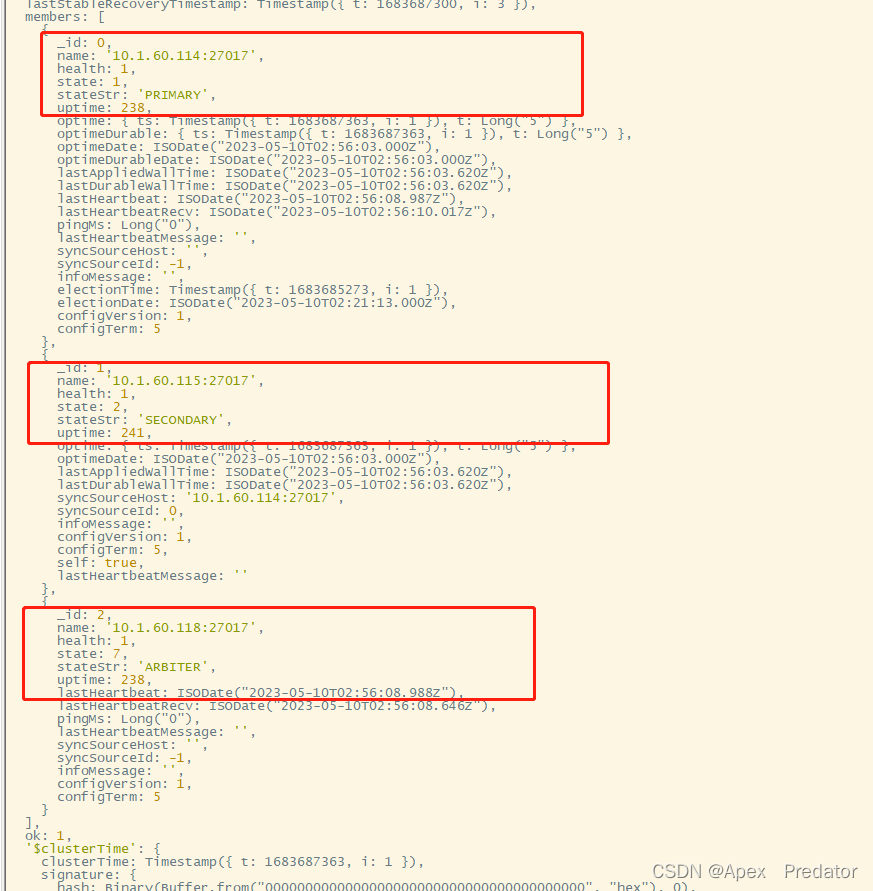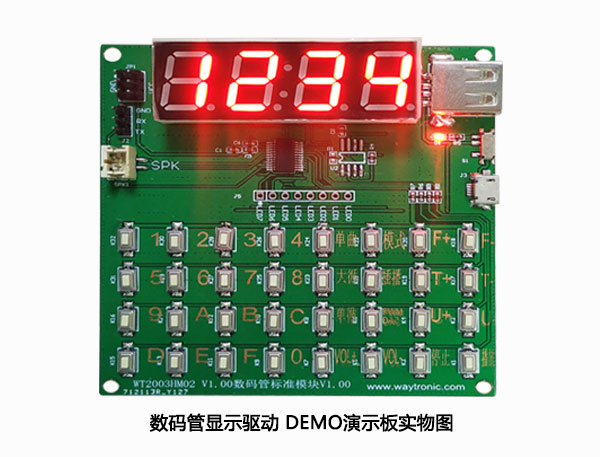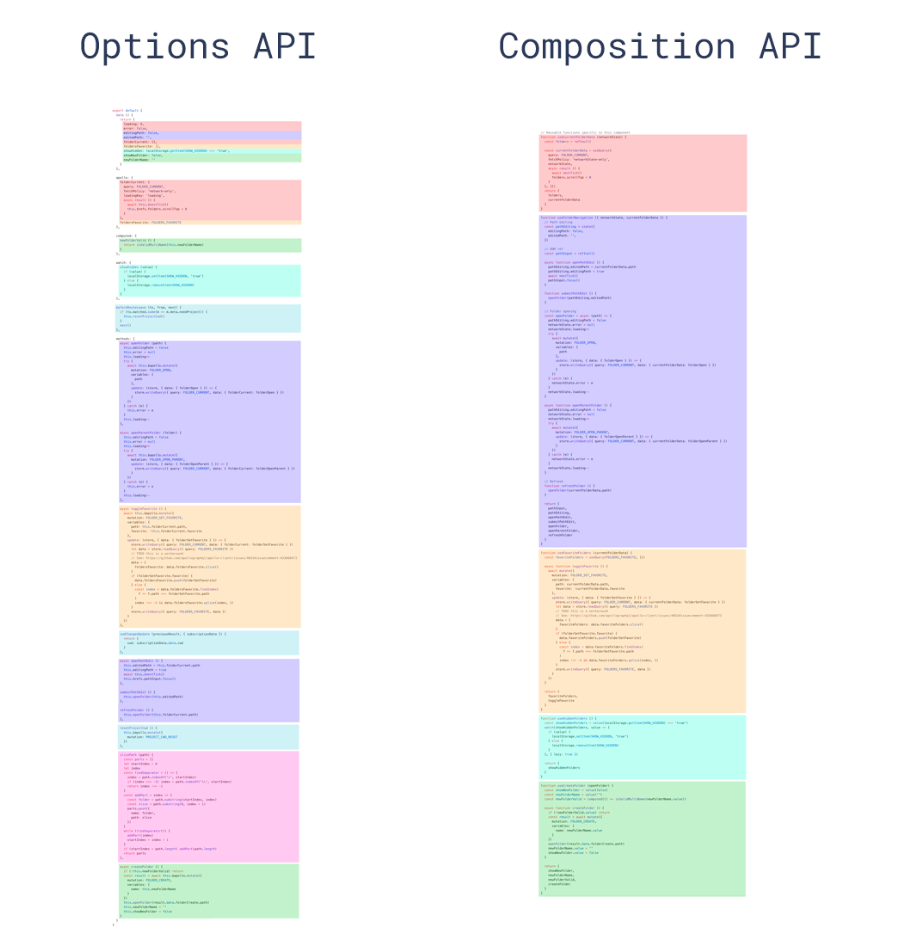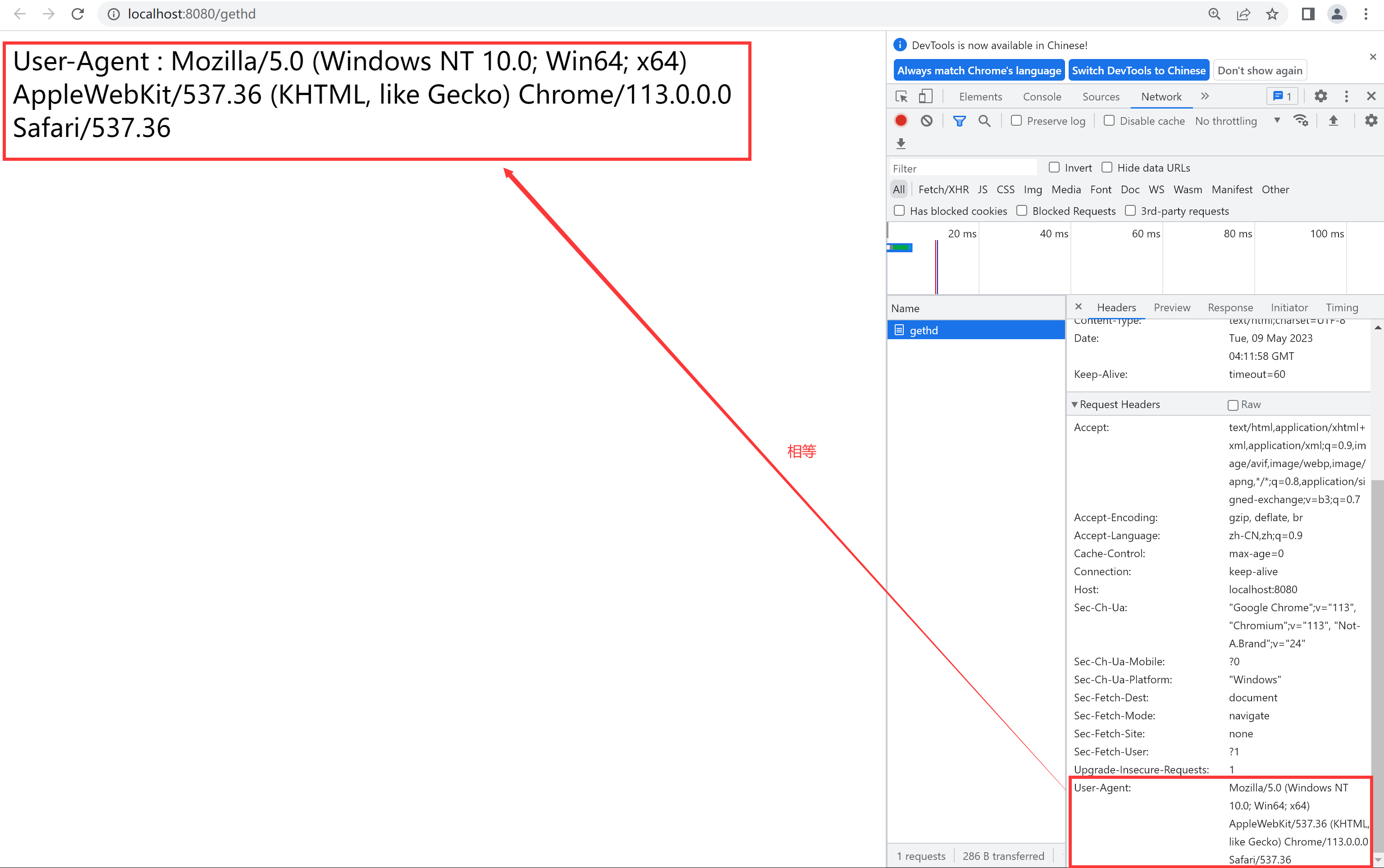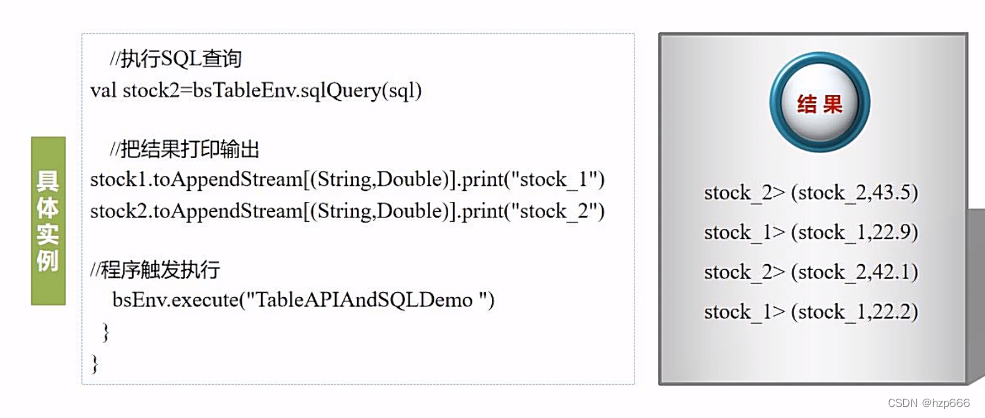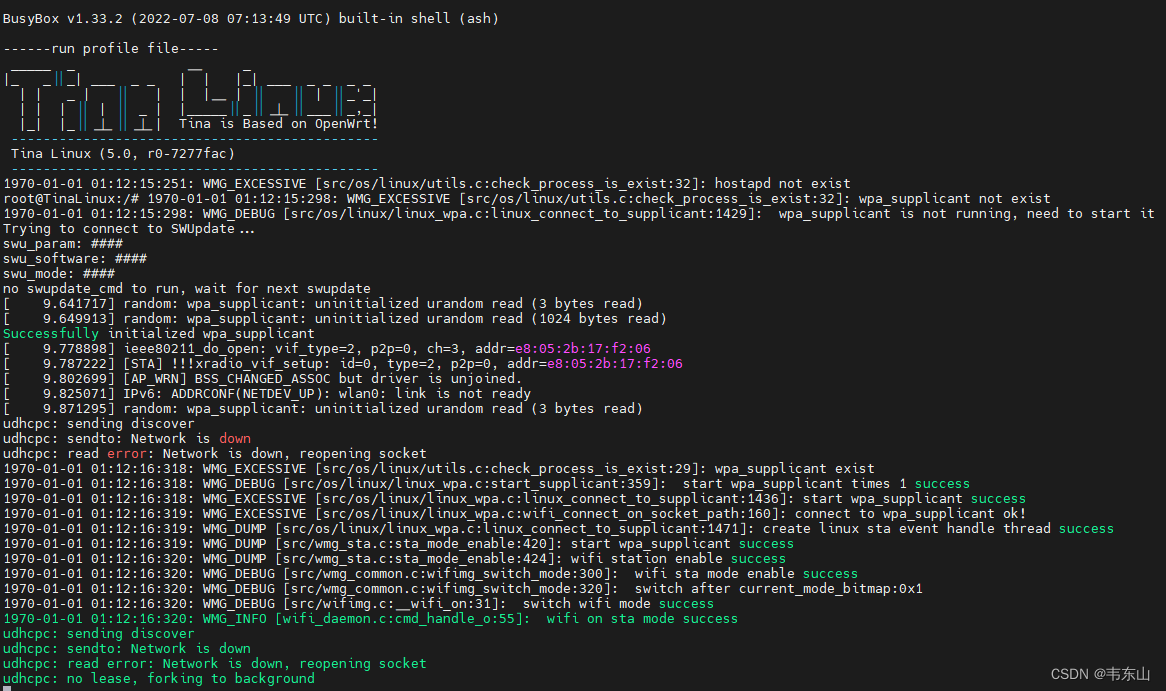前言
一般在项目中,我们集成Nacos做统一配置管理,同时配置支持动态刷新,项目中都会用到@RefreshScope注解,这里和大家一起看看@RefreshScope实现动态刷新的原理。
@Scope注解
@RefreshScope 能实现动态刷新全仰仗着@Scope 这个注解,@Scope 代表了Bean的作用域,我们来看下其中的属性:
@Target({ElementType.TYPE, ElementType.METHOD})
@Retention(RetentionPolicy.RUNTIME)
@Documented
public @interface Scope {
/**
* Alias for {@link #scopeName}.
* @see #scopeName
*/
@AliasFor("scopeName")
String value() default "";
/**
* singleton 表示该bean是单例的。(默认)
* prototype 表示该bean是多例的,即每次使用该bean时都会新建一个对象。
* request 在一次http请求中,一个bean对应一个实例。
* session 在一个httpSession中,一个bean对应一个实例
*/
@AliasFor("value")
String scopeName() default "";
/**
* DEFAULT 不使用代理。(默认)
* NO 不使用代理,等价于DEFAULT。
* INTERFACES 使用基于接口的代理(jdk dynamic proxy)。
* TARGET_CLASS 使用基于类的代理(cglib)。
*/
ScopedProxyMode proxyMode() default ScopedProxyMode.DEFAULT;
}
通过代码我们可以清晰的看到两个主要属性value 和 proxyMode,value就不多说了,大家平时经常用看看注解就可以。proxyMode 就是@RefreshScope 实现的本质了。我们需要关心的就是ScopedProxyMode.TARGET_CLASS 这个属性,当ScopedProxyMode 为TARGET_CLASS 的时候会给当前创建的bean 生成一个代理对象,会通过代理对象来访问,每次访问都会创建一个新的对象。
@RefreshScope 源码
先看看@RefreshScope注解
@Target({ ElementType.TYPE, ElementType.METHOD })
@Retention(RetentionPolicy.RUNTIME)
@Scope("refresh")
@Documented
public @interface RefreshScope {
/**
* @see Scope#proxyMode()
*/
ScopedProxyMode proxyMode() default ScopedProxyMode.TARGET_CLASS;
}
可以看出,它使用就是 @Scope ,其内部就一个属性默认 ScopedProxyMode.TARGET_CLASS。知道了是通过Spring Scope 来实现的那就简单了,我们来看下Scope 这个接口。
public interface Scope {
/**
* Return the object with the given name from the underlying scope,
* {@link org.springframework.beans.factory.ObjectFactory#getObject() creating it}
* if not found in the underlying storage mechanism.
* <p>This is the central operation of a Scope, and the only operation
* that is absolutely required.
* @param name the name of the object to retrieve
* @param objectFactory the {@link ObjectFactory} to use to create the scoped
* object if it is not present in the underlying storage mechanism
* @return the desired object (never {@code null})
* @throws IllegalStateException if the underlying scope is not currently active
*/
Object get(String name, ObjectFactory<?> objectFactory);
@Nullable
Object remove(String name);
void registerDestructionCallback(String name, Runnable callback);
@Nullable
Object resolveContextualObject(String key);
@Nullable
String getConversationId();
}
看下接口,我们只看Object get(String name, ObjectFactory<?> objectFactory); 这个方法帮助我们来创建一个新的bean ,也就是说,@RefreshScope 在调用 刷新的时候会使用此方法来给我们创建新的对象,这样就可以通过spring 的装配机制将属性重新注入了,也就实现了所谓的动态刷新。
因为Class被加上了@RefreshScope注解,那么这个BeanDefinition信息中的scope为refresh,在getBean的的时候会单独处理逻辑。
public abstract class AbstractBeanFactory extends FactoryBeanRegistrySupport implements ConfigurableBeanFactory {
protected <T> T doGetBean(
String name, @Nullable Class<T> requiredType, @Nullable Object[] args, boolean typeCheckOnly)
throws BeansException {
// 如果scope是单例的情况, 这里不进行分析
if (mbd.isSingleton()) {
.....
}
// 如果scope是prototype的情况, 这里不进行分析
else if (mbd.isPrototype()) {
......
}
// 如果scope是其他的情况,本例中是reresh
else {
String scopeName = mbd.getScope();
if (!StringUtils.hasLength(scopeName)) {
throw new IllegalStateException("No scope name defined for bean '" + beanName + "'");
}
// 获取refresh scope的实现类RefreshScope,这个类在哪里注入,我们后面讲
Scope scope = this.scopes.get(scopeName);
if (scope == null) {
throw new IllegalStateException("No Scope registered for scope name '" + scopeName + "'");
}
try {
// 这边是获取bean,调用的是RefreshScope中的的方法
Object scopedInstance = scope.get(beanName, () -> {
beforePrototypeCreation(beanName);
try {
return createBean(beanName, mbd, args);
}
finally {
afterPrototypeCreation(beanName);
}
});
beanInstance = getObjectForBeanInstance(scopedInstance, name, beanName, mbd);
}
catch (IllegalStateException ex) {
throw new ScopeNotActiveException(beanName, scopeName, ex);
}
}
}
catch (BeansException ex) {
beanCreation.tag("exception", ex.getClass().toString());
beanCreation.tag("message", String.valueOf(ex.getMessage()));
cleanupAfterBeanCreationFailure(beanName);
throw ex;
}
finally {
beanCreation.end();
}
}
return adaptBeanInstance(name, beanInstance, requiredType);
}
}
复制代码RefreshScope继承成了GenericScope类,最终调用的的是GenericScope的get方法
public class GenericScope
implements Scope, BeanFactoryPostProcessor, BeanDefinitionRegistryPostProcessor, DisposableBean {
@Override
public Object get(String name, ObjectFactory<?> objectFactory) {
// 将bean添加到缓存cache中
BeanLifecycleWrapper value = this.cache.put(name, new BeanLifecycleWrapper(name, objectFactory));
this.locks.putIfAbsent(name, new ReentrantReadWriteLock());
try {
// 调用下面的getBean方法
return value.getBean();
}
catch (RuntimeException e) {
this.errors.put(name, e);
throw e;
}
}
private static class BeanLifecycleWrapper {
public Object getBean() {
// 如果bean为空,则创建bean
if (this.bean == null) {
synchronized (this.name) {
if (this.bean == null) {
this.bean = this.objectFactory.getObject();
}
}
}
// 否则返回之前创建好的bean
return this.bean;
}
}
}
复制代码从这边的代码可以看出,创建后的Bean会缓存到scope的cache中,优先从缓存中获取,如果缓存中是null, 则重新走一遍create bean的流程。
配置中心刷新后刷新Bean缓存
配置中心发生变化后,会收到一个RefreshEvent事件,RefreshEventListner监听器会监听到这个事件。
public class RefreshEventListener implements SmartApplicationListener {
........
public void handle(RefreshEvent event) {
if (this.ready.get()) { // don't handle events before app is ready
log.debug("Event received " + event.getEventDesc());
// 会调用refresh方法,进行刷新
Set<String> keys = this.refresh.refresh();
log.info("Refresh keys changed: " + keys);
}
}
}
// 这个是ContextRefresher类中的刷新方法
public synchronized Set<String> refresh() {
// 刷新spring的envirionment 变量配置
Set<String> keys = refreshEnvironment();
// 刷新其他scope
this.scope.refreshAll();
return keys;
}
复制代码refresh方法最终调用destroy方法,清空之前缓存的bean
public class RefreshScope extends GenericScope
implements ApplicationContextAware, ApplicationListener<ContextRefreshedEvent>, Ordered {
@ManagedOperation(description = "Dispose of the current instance of all beans "
+ "in this scope and force a refresh on next method execution.")
public void refreshAll() {
// 调用父类的destroy
super.destroy();
this.context.publishEvent(new RefreshScopeRefreshedEvent());
}
}
@Override
public void destroy() {
List<Throwable> errors = new ArrayList<Throwable>();
Collection<BeanLifecycleWrapper> wrappers = this.cache.clear();
for (BeanLifecycleWrapper wrapper : wrappers) {
try {
Lock lock = this.locks.get(wrapper.getName()).writeLock();
lock.lock();
try {
// 这里主要就是把之前的bean设置为null, 就会重新走createBean的流程了
wrapper.destroy();
}
finally {
lock.unlock();
}
}
catch (RuntimeException e) {
errors.add(e);
}
}
if (!errors.isEmpty()) {
throw wrapIfNecessary(errors.get(0));
}
this.errors.clear();
}
复制代码配置动态刷新完整流程图

参照上面图片,就可以了解清楚配置动态刷新的基础原理了。

